But as always, in times of hardship, the solidarity of fellow countrymen shines brighter than ever. Trucks full of goods, gifts gathered in haste, hands reaching out at the right time… have given people in the flood-hit areas the motivation to overcome challenges.
However, when looking at the overall relief activities this time, a familiar problem appeared: there was a lot of kindness but the organization was still unscientific . In some places, the convoy of vehicles was long, the goods were too much to distribute; while just a few villages away, people were still waiting with tired eyes. Households in convenient locations received a lot; while families in deeper areas, where charity groups had less access, were easily overlooked.
 |
| A philanthropist came to give relief gifts to the people of Dong Hoa ward. Photo: Contributor |
An important principle that volunteer groups need to keep in mind is: do not give gifts on the street, go deep inside. The places where people need the most are often not right on the road. Connecting with knowledgeable locals to get directions not only helps to reach the right people, the right place to support, but also ensures the safety of the relief team. There have been many cases where volunteer groups returned halfway because they did not know the way in or did not know the actual flood situation.
In addition, support activities need to be organized more strategically. Half of the gifts should help people overcome the immediate situation: blankets, clothes, rice, noodles, dry food and especially milk for children - the most vulnerable after natural disasters. The other half should be used for livelihood restoration: support for livestock such as pigs, cows, chickens; or small capital for people to restore production. If we want people to stand firmly on their feet, we need to give them fishing rods, not just fish.
Coordination is also important. Many places are in a state of “concentration”, causing duplicate goods and waste, while other places are empty. To avoid this situation, groups need to coordinate more closely with local authorities.
Only the local authorities know which villages are most severely damaged, which households need priority, and which areas are safe to enter. By knowing how to distribute resources evenly, no one is left behind; at the same time, the pressure on local forces, already exhausted after many days of responding to natural disasters, is reduced.
 |
| Many relief teams continue to head to flood-hit people in eastern Dak Lak. |
Volunteer groups all come from the heart, and spontaneity is also a characteristic of the spirit of “helping the needy”. What we need to add is a “needs map”, which is constantly updated, transparent, showing the level of damage, the needs of each area and the list of priority households.
Relief coordination models have been effectively applied in many other localities, we can absolutely learn from them.
Natural disasters are inevitable, but the way we support each other can be improved. When kindness is organized scientifically - reaching deep into the need, prioritizing the right people, distributing fairly and accompanying people to rebuild their lives - its value will multiply.
People not only received relief gifts, but also received the confidence to start over after days of being surrounded by floodwaters.
Joining hands, not only with warm hearts, but also with careful planning and preparation - that is the way to help people in flooded areas stand up most firmly.
Source: https://baodaklak.vn/xa-hoi/202511/khi-long-tot-can-duoc-dieu-phoi-khoa-hoc-5f51e57/






![[Photo] Close-up of Ba Ha River Hydropower Plant operating to regulate water to downstream](/_next/image?url=https%3A%2F%2Fvphoto.vietnam.vn%2Fthumb%2F1200x675%2Fvietnam%2Fresource%2FIMAGE%2F2025%2F11%2F25%2F1764059721084_image-6486-jpg.webp&w=3840&q=75)
![[Photo] Prime Minister Pham Minh Chinh receives Governor of Gunma Prefecture (Japan) and Special Advisor to the Japan-Vietnam Friendship Parliamentary Alliance](/_next/image?url=https%3A%2F%2Fvphoto.vietnam.vn%2Fthumb%2F1200x675%2Fvietnam%2Fresource%2FIMAGE%2F2025%2F11%2F25%2F1764066321008_dsc-1312-jpg.webp&w=3840&q=75)
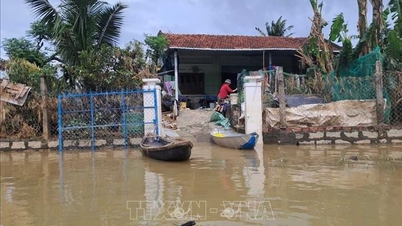


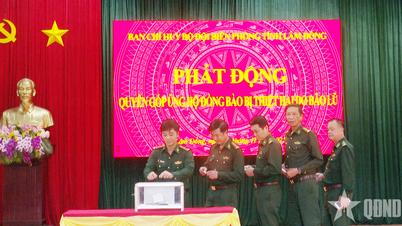



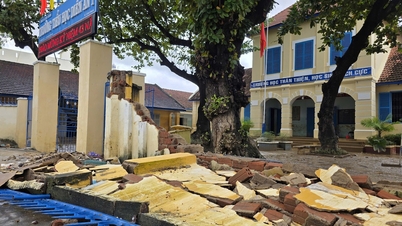

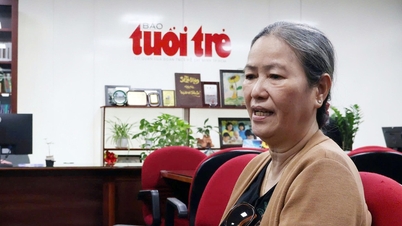



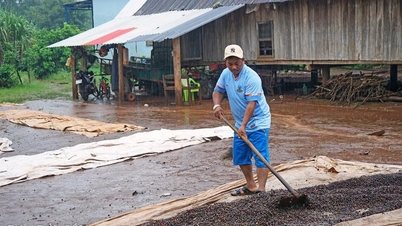
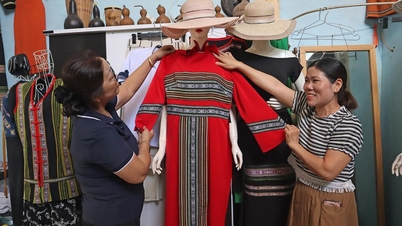
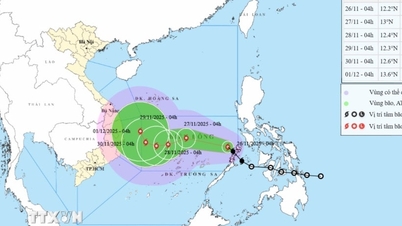

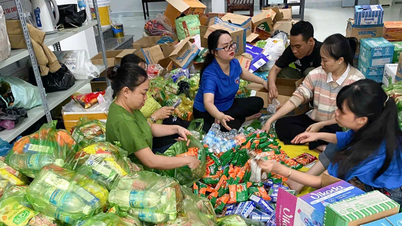

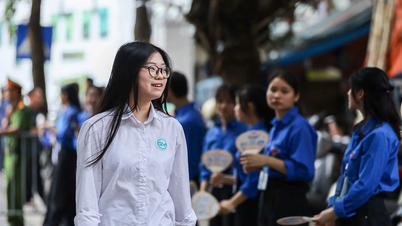






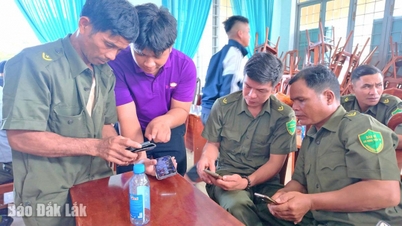

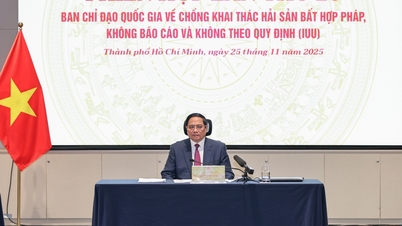
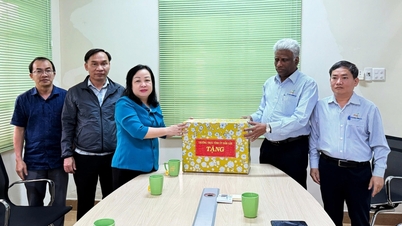



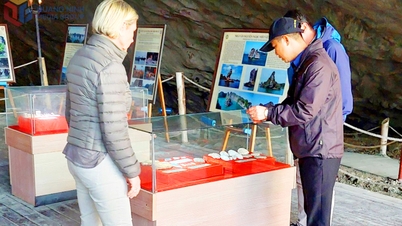







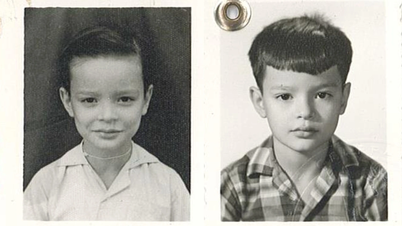

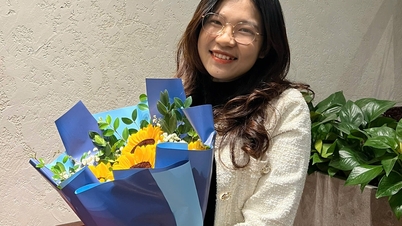








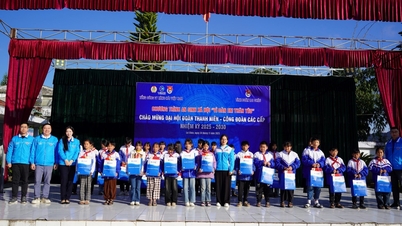


![[Answer] Should I install an elevator for an old renovated house?](https://vphoto.vietnam.vn/thumb/402x226/vietnam/resource/IMAGE/2025/11/25/1764039191595_co-nen-lap-thang-may-cho-nha-cai-tao-cu-khong-04.jpeg)











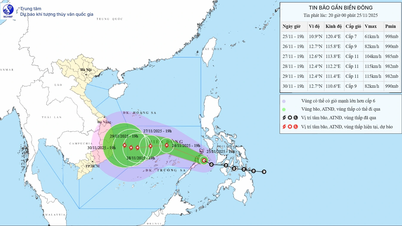



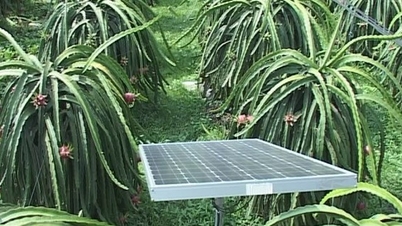

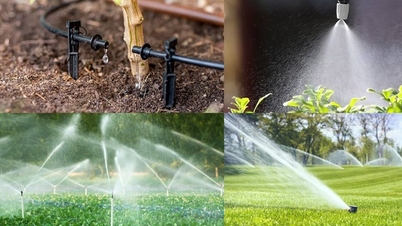

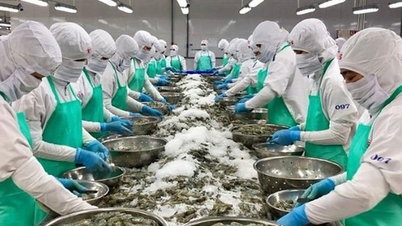
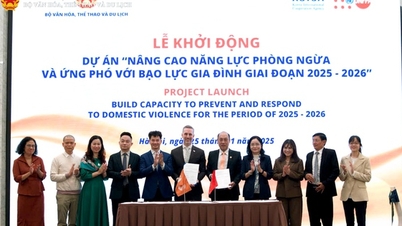



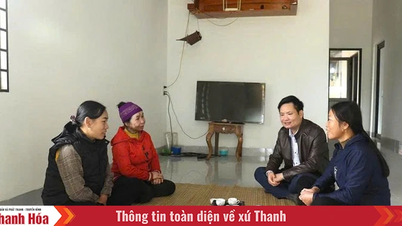





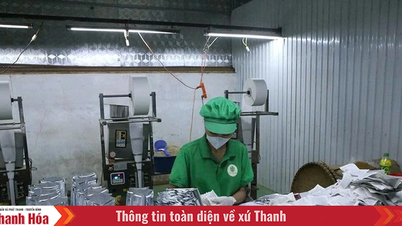














Comment (0)